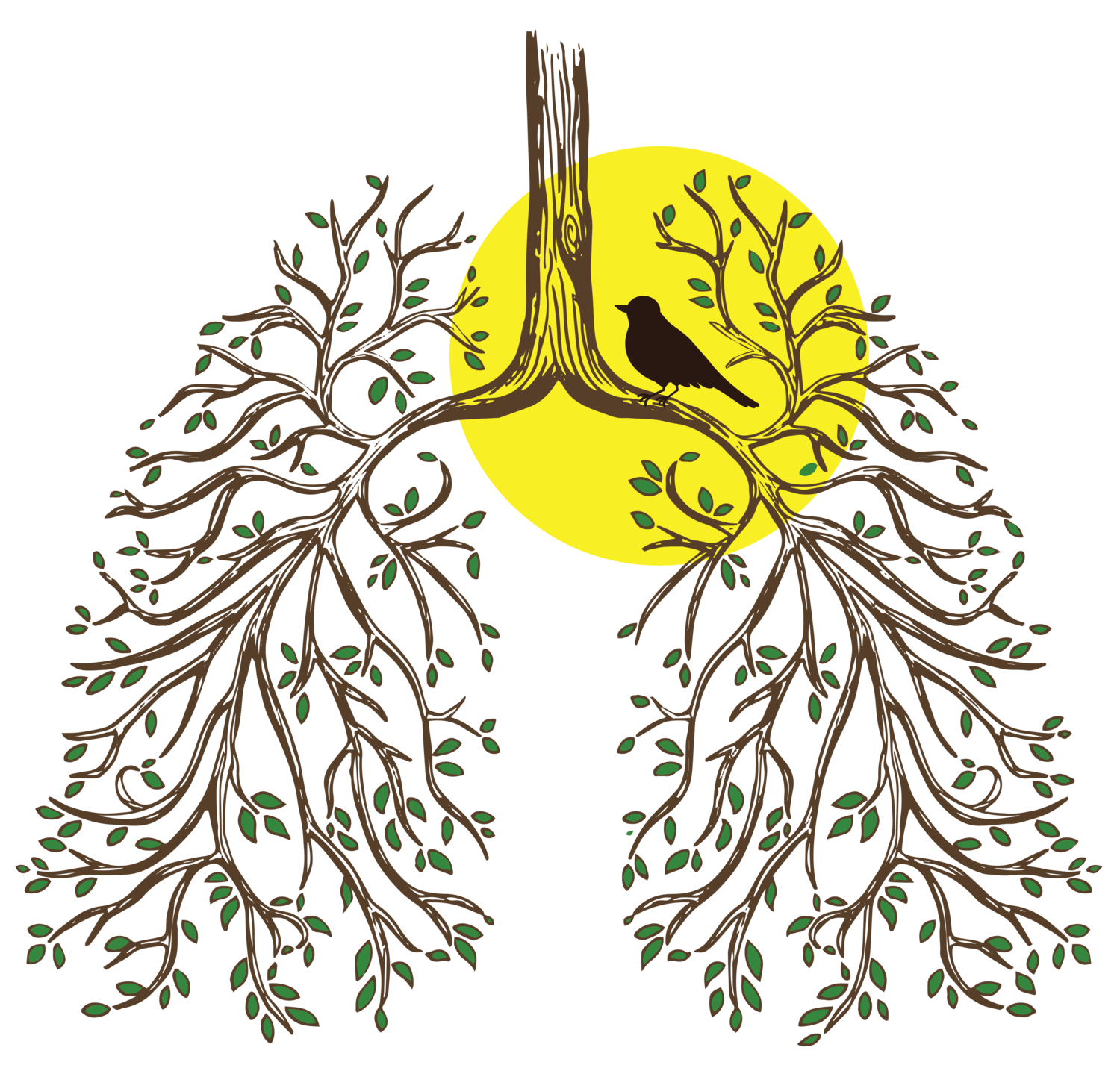
Breathe for PCD
An awareness campaign
for Primary Ciliary Dyskinesia
What is PCD?
PCD stands for Primary Ciliary Dyskinesia. It is a very rare, but under-diagnosed, genetic disorder. Approximately 1500 people in the US have been diagnosed with PCD, but it is believed that around 25,000 people live with it.
PCD is a dysfunction of the motile (moving) cilia. The cilia are the tiny hair-like structures that line the airways to keep dust and germs moving up and out of the body. Without functioning cilia, mucus builds in the airways causing frequent infections of the lungs, ears, throat, and sinuses and can lead to serious and permanent damage. About 50% of people with PCD are also born with situs inversus or situs ambiguous/heterotaxy. Situs inversus is a condition in which the placement of organs are a mirror-image of the typical placement. Situs ambiguous/heterotaxy is the condition of having an unusual pattern of unique organ development or placement.
There is currently no cure. They are just beginning to do studies on treatments specifically for people living with PCD. Consequently, there is no standard of care for PCD, and the daily preventative treatments are based on research for cystic fibrosis, a similar, but very different disease.
When I first googled “PCD” I weeded through the latest on the Pussy Cat Dolls until I stumbled upon this video.
This is a short documentary by twin sisters living with PCD. This gave me some perspective. While there are underlying commonalities in people with PCD, there is a significant range in how PCD can affect people.
Breathe for PCD Campaign
Breathe for PCD is one of many grassroots campaigns to further awareness and research opportunities for PCD. The lungs design was created to be a reminder to keep a heartfelt focus on the daily and long-term goal. Life. Health.
All proceeds will go directly to the PCD Foundation. The hope is to raise money for PCD but to also spread the word on a rare disease that desperately needs attention.
What began as a fundraiser, the Breathe for PCD campaign has exploded! There are currently over 2,000 Breathe for PCD products out there in the world spreading the word on PCD! When you get YOUR Breathe for PCD shirt, please share pictures on our Breathe for PCD Facebook page or on Instagram (#breatheforpcd) to let us know how far Breathe for PCD has traveled!
WHO is Breathe for PCD?
This is Breathe for PCD.
I am a mother to a PCDer. I ponder sometimes the differences in experience and perspective as a parent of a PCDer compared to a PCDer living with PCD.
From the beginning of this journey I have clung to the image of health, and am extremely drawn to the stories of perseverance in spite of PCD, because I NEED TO in order to live my life knowing my son has a progressive lung disease. I live my life being a person prone to anxiety and depression. I don't watch the news or watch scary movies because I attach, personalize, and project every horrific story onto my family. Having a son with medical concerns, I have learned to walk on the edge of being aware and diligent but to not let my fears pull me off the ledge and swallow me.
We have been extremely lucky so far in how PCD has presented itself in our son. He is NOT the sick kid. Somehow, he has managed to be the healthiest person in our family. According to him...it's because he does "treatments" and we don't. But for me, being the mother to a child with medical needs means living each day carrying the responsibility/burden of his health in our hands. It means being neurotic about reminding him to cough, spit, blow his nose, get exercise, wash his hands, hold his breath and move away from dusty air, smoke, other kids' sneezes.
For those out there LIVING with this invisible disorder...I see you. For those parents of PCDers out there...I feel you.



